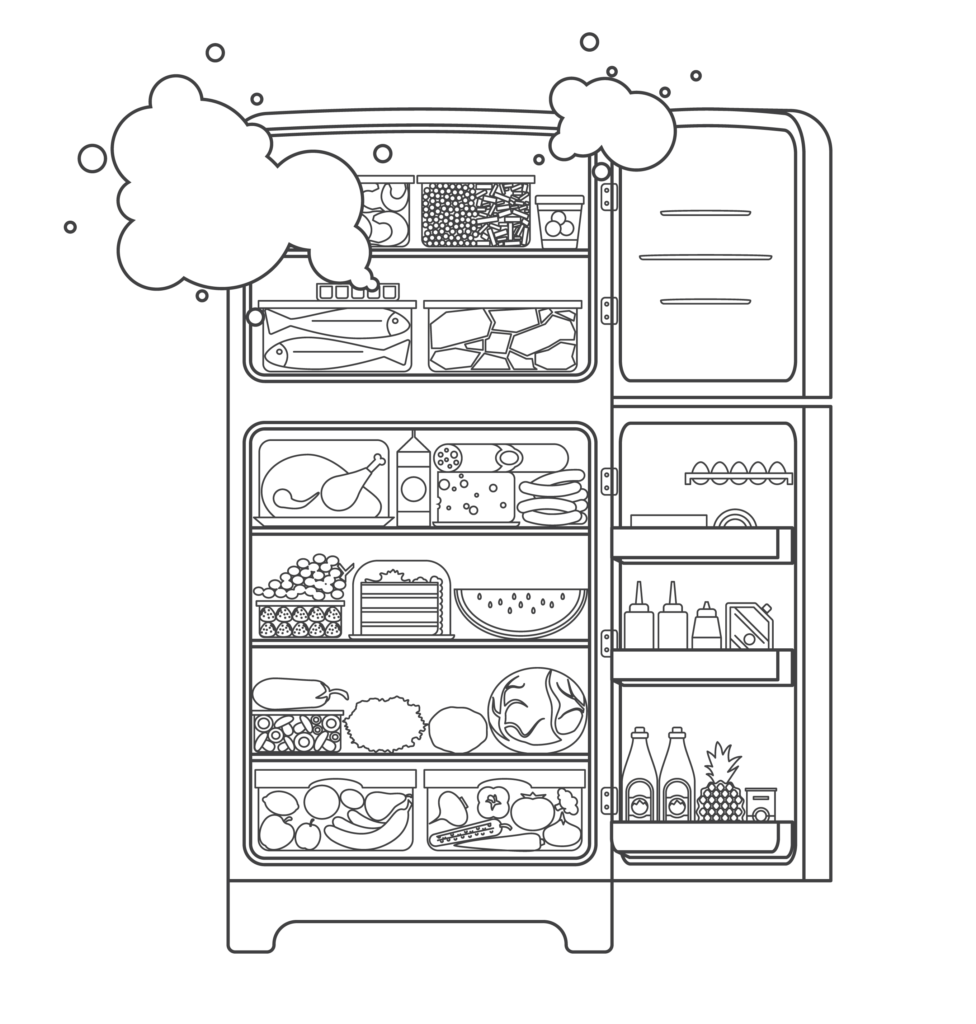Background: The first time a chef explained tomato concassé to me I was like, “why go through all that trouble to peel and seed tomatoes?” He said, “Some people don’t like peels and seeds.” And that was that. But it is really useful to have on hand in the freezer because it’s another good tomato product to have on hand. It’s not a recipe, it’s a technique. Call it a move, if you like. I’ve outlined the move below:
- Wait until roma tomatoes go on sale and then buy as many as you feel like you can process. (Think of your biggest pot and how many rounds of boiling water you want to make.)
- Get a spider strainer if you don’t already have one.
- Fill the largest pot you have with water and bring it to a boil.
- Cut the whole top off as far down as the stem core goes and save those for stock. The tomato should now stand on its head.
- Stand all the tomatoes on their heads and score the bottom of each one with an X.
- While you are waiting for the water to boil, make an ice bath. Fill the second largest pot you have with ice and then cover the ice with water.
- Once the water is boiling, drop the tomatoes in until you see the skins fray up from the X you cut.
- Using the spider, transfer the tomatoes from the boiling water to the ice bath to cool.
- While they are cooling, start the next batch. The water should still be boiling.
- Take the cooled tomatoes out of the ice bath and peel the skins off. Save the skins for another project or for stock.
- Freeze a bunch of whole tomatoes at this point. It won’t be concassé, but it will be faster and they will get used.
- Cut in half however many peeled tomatoes you feel like chopping.
- Scoop out the seed gel with (clean) hands or a spoon. Save for stock.
- Dice the tomato halves and use them right away, or freeze.
Why it works:
- For me, Roma tomatoes go on sale in the summer and get under $1 a pound. That’s the only time I really feel like doing this.
- Spider strainers are great any time you want to reuse boiling water, which you should always be doing. It takes a lot of energy to boil water, why not get a couple preps out of it.
- A trick to speeding up the boiling of water is to fill the pot a little ways and then also get an electric tea kettle of water going at the same time. The both the kettle and a smaller amount of water in the pot will boil faster than a whole pot of water.
- I use the hack-off-the-top method because I know I will be making stock.
- I also use the hack-off-the-top method because I know they will stand up for scoring this way.
- For the ice bath, obviously, a big bowl will work as well.
- It doesn’t take long to blanche tomatoes.
- Since you have a spider strainer, put it to use blanching and chilling. Blanching and chilling also works really well for green beans, broccoli and other green things (like basil) that you want to make and keep really bright green. The blanching brightens the color and stops the enzymatic process that makes them turn muddy when cooked.
- You should always be multitasking in the kitchen. (Unless you just want to breathe and daydream.)
- My favorite thing to do with tomato skins is to sun dry them or sun dry and smoke them. They are better than sun dried tomatoes because they aren’t so chewy.
- If you are freezing them whole, you can just stick them in the freezer whole and grab one when you need one. Or you make larger packets of them using freezer paper if you know you are going to be doing a batch of sauce and/or don’t want loose tomatoes rolling around your freezer.
- A lot of things in the kitchen should be done based on how much you feel like doing given the time you have.
- Save everything for stock.
- Now would be the perfect time to make pico.




